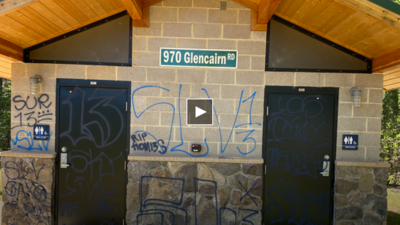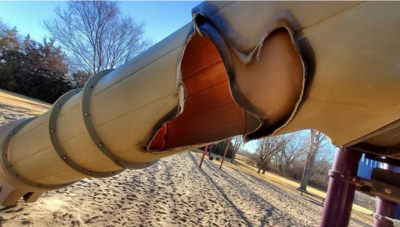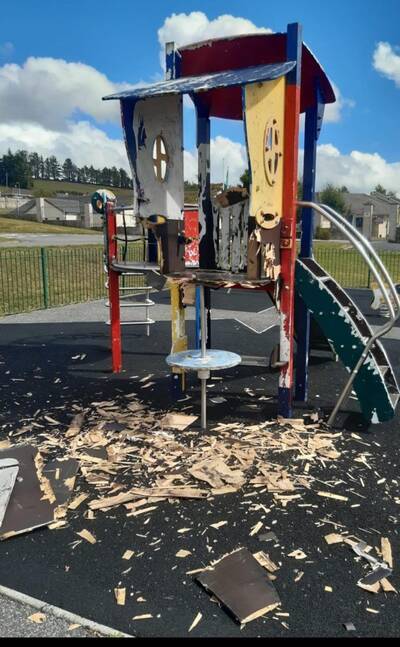Strategies to Reduce and Prevent Vandalism
Addressing vandalism effectively requires a multifaceted approach that goes beyond mere suppression. Informed by the comprehensive study "Vandalism Research, Prevention, and Social Policy" by the United States Department of Agriculture Forest Service, Pacific Northwest Research Station, with key insights from Harriet H. Christensen, Darryll J. Johnson, and Martha H. Brookes, this page explores various strategies to reduce and prevent vandalism. These strategies encompass environmental design, community engagement, legal and educational approaches, and the role of technology in deterring vandalism.
Environmental Design and Urban Planning
One of the primary strategies highlighted in the document is the role of environmental design in deterring vandalism. Thoughtful urban planning that incorporates elements like natural surveillance, well-lit and well-maintained public spaces, and engaging community areas can significantly reduce the opportunities for vandalism. Designing public spaces that foster a sense of ownership and pride among community members is crucial in this regard.
Community Engagement and Empowerment
Community engagement is another key strategy. The study emphasizes the importance of involving local residents in the planning and maintenance of public spaces. Community-based programs that encourage participation in local governance and urban development can empower residents, leading to a decrease in vandalism. Youth engagement programs, in particular, are vital in providing constructive outlets for expression and reducing the likelihood of vandalism.
Legal and Enforcement Measures
Effective legal and enforcement measures are also essential. The document discusses the importance of appropriate legislation, policing, and judicial processes in deterring acts of vandalism. However, it also cautions against overly punitive measures, suggesting that they should be balanced with preventive and educational approaches.
Educational Programs and Awareness Campaigns
Educational programs and awareness campaigns play a significant role in preventing vandalism. The study highlights the need for programs that educate the public, especially young people, about the consequences of vandalism and the importance of respecting public and private property. Awareness campaigns can also help in altering perceptions and attitudes towards vandalism, promoting community values and civic responsibility.
The Role of Technology
Advancements in technology offer new avenues for vandalism prevention. Surveillance systems, vandal-resistant materials, and smart urban infrastructure can act as deterrents. However, the document underscores the need to use technology judiciously, ensuring that it complements, rather than replaces, community-based strategies.
Conclusion
Reducing and preventing vandalism requires a combination of environmental design, community engagement, legal measures, education, and technology. As outlined in the "Vandalism Research, Prevention, and Social Policy" document, a holistic approach that addresses the root causes of vandalism and involves all stakeholders is key to creating safer and more harmonious public spaces.
Next Page:
References:
Christensen, Harriet H., Darryll R. Johnson, and Martha H. Brookes, eds. "Vandalism Research, Prevention, and Social Policy." General Technical Report PNW-GTR-293. Portland, OR: U.S. Department of Agriculture, Forest Service, Pacific Northwest Research Station, 1992.




